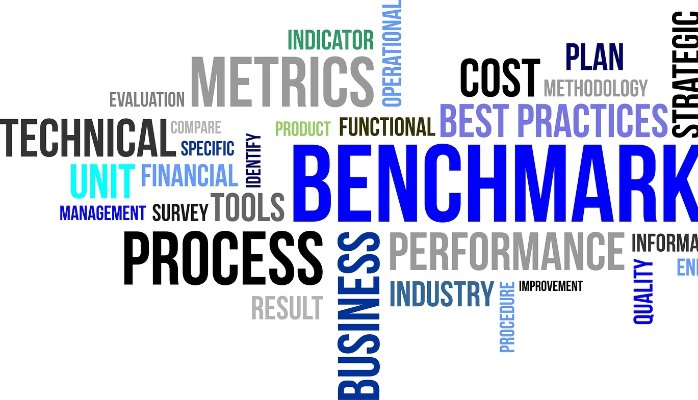Many of us would passionately argue that we are still falling behind, not making enough progress in terms of seeing more women on boards or in C-suite positions, Indigenous employment, cultural diversity or in the areas of accessibility & disability; and yet we see some extraordinary growth and some amazing work by passionate “on the ground individuals” in areas such as LGBTI inclusion. I’m not saying that LGBTI inclusion is there yet, by no means, but the impact of passionate individuals desperately wanting to help drive the change in their own organisations in support of their diversity and that of loved ones, is becoming a force for change that is drawing the attention and getting the buy-in of many a one-time diversity-worn sceptical leader.
For as many papers being written on the positive impact or otherwise of D&I initiatives, there as many arguments for and against what are deemed to be the best approaches. Is it all about targets and accountabilities or about focus groups, listening circles and tailored solutions? Do we roll all D&I initiatives into one bucket leading to a collective set of outcomes or do we created pillars of focus running the risk of perceptions that we are giving more attention to one set of diverse individuals over another? Do we follow the latest trend or deep-dive into our own culture, understand it first and then devise the strategy? And if we take the latter approach, do we risk being so inwardly focused that we lose track of the progress that other organisations are making outside of our inner circle? Welcome to the life of a diversity practitioner.
I personally have no doubt that there are answers in many of these seemingly opposing views, but I still keep coming back to the need for local benchmarking, as tedious as the process can sometimes be. If we have a regularly updated national benchmark on what currently constitutes good practice, then we have a road map, a current roadmap, a local roadmap to guide us. Not one derived from what other countries are doing based on their different histories, different workplace cultures, different laws and different experiences of diversity but on what we are doing here in Australia. If the benchmark has a way of identifying the areas of current and leading practice, provides quantitative and qualitative feedback on the work that we doing in the assessed area and a means by which we can track progress year on year, then we can not only drive our internal initiatives in a culturally appropriate way, but we can, move with the benchmark as it moves ensuring that we are always on top of the game, not independent of it.
Important in any benchmark is the ability to measure not only what the organisation does in order to meet the current standard, but the impact that it is having on the lived experiences of those on the ground; whether they belong to a diverse community or not. We need to balance the work of the organisation with the impact on the culture, on the people and on the very lives of those we are trying to improve through the provision of equitable and respectful workplaces. Combined with comprehensive metrics we can then track the impact that these initiatives have on retention, engagement, promotions, team compilation and leadership representation. Benchmarking also gives us that all powerful insight into what our peers are doing, how we compare to our competititors, our suppliers, those in the same industry or sector.
Benchmarking does take time admittedly, but the value you get during the lifespan of your work within the different aspects of D&I is invaluable. It’s well worth the commitment.
Dawn Hough is the Director of ACON’s Pride Inclusion Programs specialising in LGBTI inclusion within Australian workplaces (Pride in Diversity), sporting contexts (Pride in Sport).
Pride in Diversity are also the publishers of the Australian Workplace Equality Index (AWEI) – a national benchmarking tool for LGBTI workplace Inclusion. The AWEI is a free service offered to all Australian Employers regardless of where they are on the LGBTI Inclusion journey. For more information on the AWEI (submissions close in mid March every year), visit: www.pid-awei.com.au

